ANTD.VN - Similar to many other banks, VietABank's pre-tax profit continues to be affected by the slowdown in credit growth, pressure on high capital costs, and increased risk provisioning costs.
VietABank has just announced its business results for the third quarter of 2023 with total assets and profits decreasing compared to the same period last year. Specifically, by the end of the third quarter, the Bank's total assets reached VND 104,024 billion, down 1.07% compared to the end of 2022, reaching 92.3% of the plan.
A positive point in VietABank's operations is that capital mobilization, outstanding loans, and income from credit interest all increased compared to the same period in 2022. Of which, mobilization from economic organizations and residents reached VND 87,748 billion, an increase of 24.7% compared to the end of 2022, completing 107% of the 2023 plan.
Outstanding credit reached VND 66,924 billion (including outstanding corporate bonds), up 6.57% compared to the end of 2022, reaching 94% of the 2023 plan. In particular, income from investment securities ( Government bonds) in the third quarter of 2023 was VND 130 billion, a sharp increase over the same period.
 |
VietABank's profits affected by increased capital mobilization costs |
By the end of the year, VietABank's pre-tax profit reached VND592.4 billion. Explaining why the profit did not meet expectations, VietABank said the main reason was due to the cost of capital mobilization for long terms from the third quarter of 2022, leading to an increase in cost of capital of VND815 billion, an increase of 76.7% over the same period in 2022.
While lending interest rates continue to decrease, banks are simultaneously exempting and reducing interest rates and cutting income to support people and businesses, causing net interest income to not grow as expected.
Besides, increasing risk provision costs is also one of the factors that reduce profits.
In fact, the decline in profits is a common situation for banks. Up to now, 17 banks have announced their financial reports for the third quarter, of which 12 banks recorded a decline in profits in the quarter and in the first 9 months of the year, 11 banks also reported a decrease in profits.
The main reasons are credit slowdown, high capital cost pressure, and increased risk provisioning costs.
Not only that, bad debt also tends to increase in the last months of the year because the deferred and postponed debts will return to their correct status.
At VietABank, as of September 30, 2023, the Bank's bad debt ratio was 1.69%, the overdue debt ratio increased slightly compared to the same period last year.
As of September 30, 2023, VietABank maintained stable and safe liquidity with a reserve ratio of 13.38%, higher than the requirement of the State Bank of Vietnam, VND solvency ratio (30 days) of 195.59%, foreign currency solvency ratio (30 days) of 18.32%.
The bank said it has completed the Capital Adequacy Ratio Calculation Process according to Circular 41/2016/TT-NHNN. VietABank's Capital Adequacy Ratio (CAR) is over 9%, equivalent to the average level of the banking industry.
In addition to focusing on business development, the Bank also focuses on investing in developing advanced and modern technology systems by officially operating a new core banking system (Core Banking) according to the most advanced version of Oracle to improve the quality of products and services, meeting the requirements of system management in the new period. VietABank is also one of the first banks to "launch" domestic credit cards used in Vietnam and some Napas-affiliated countries to meet the need to spend first and pay later.
Source link















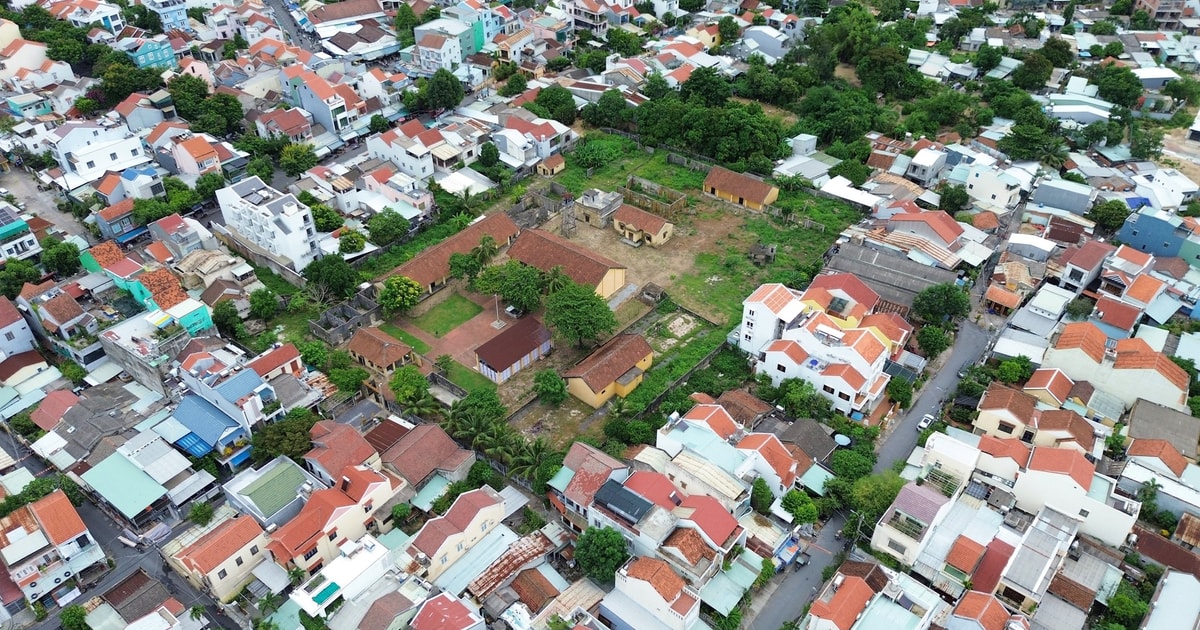








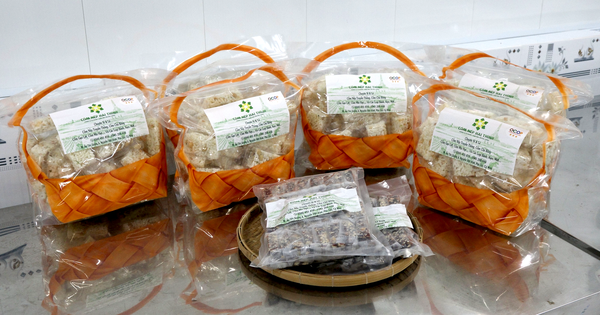











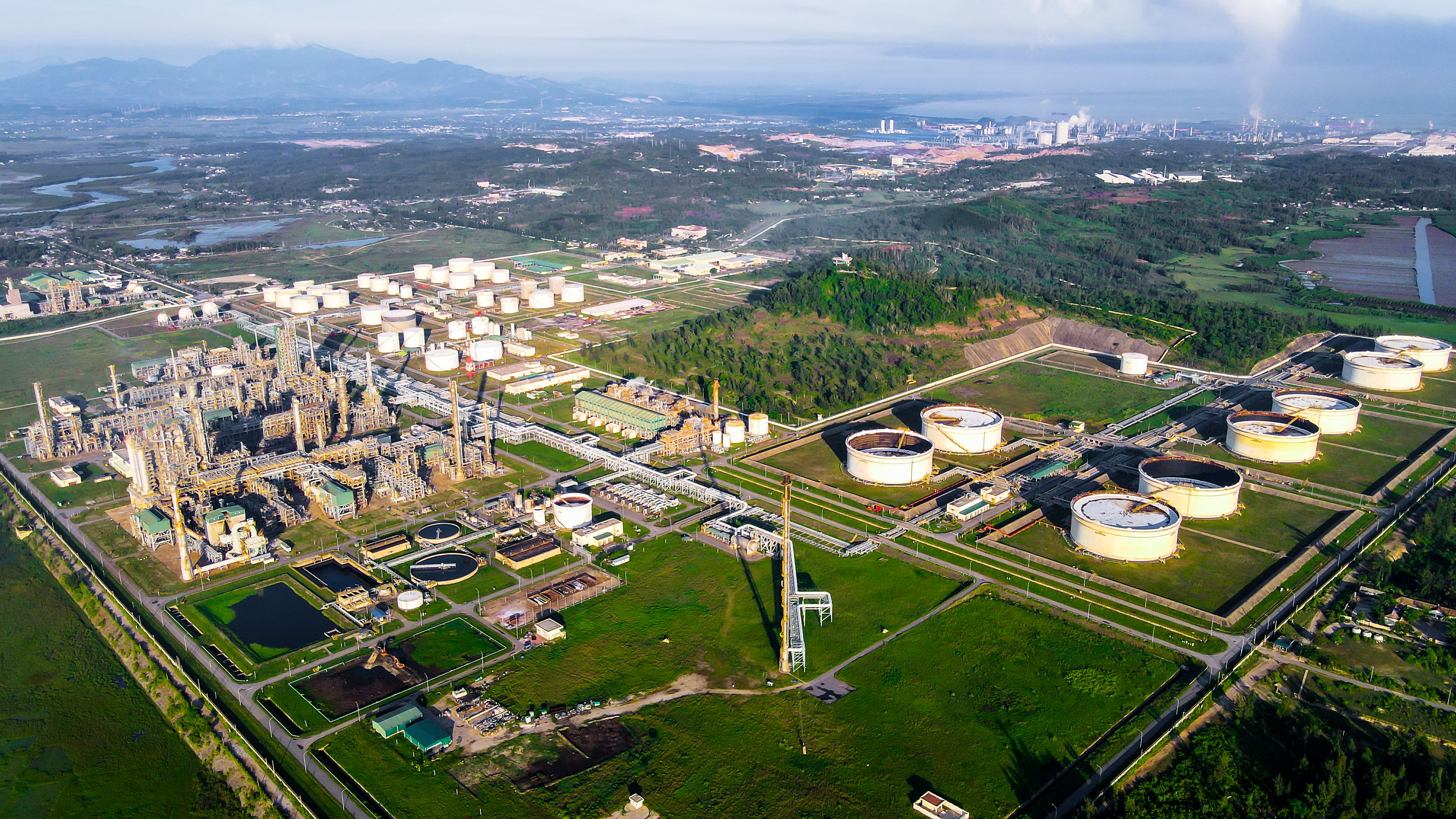














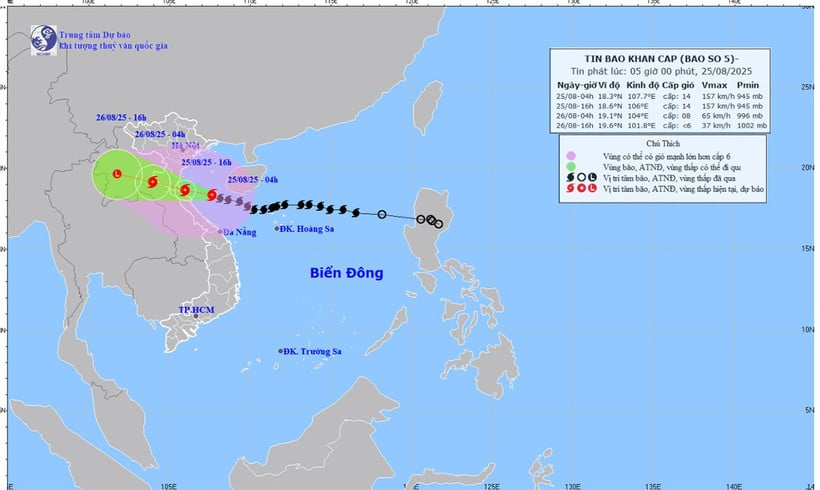












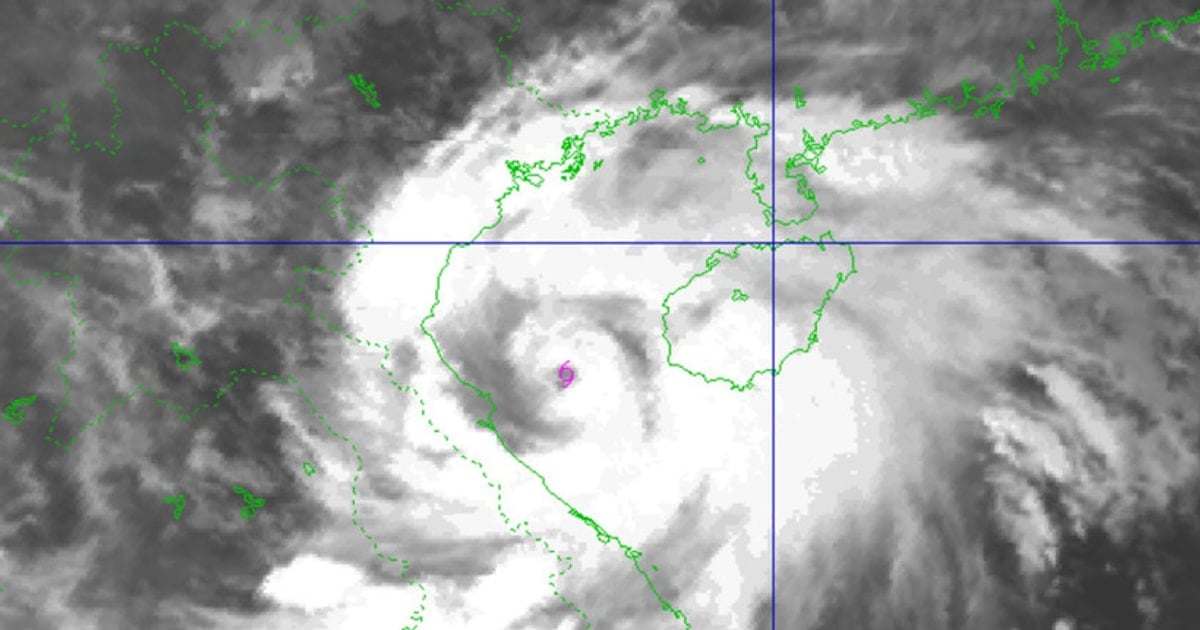
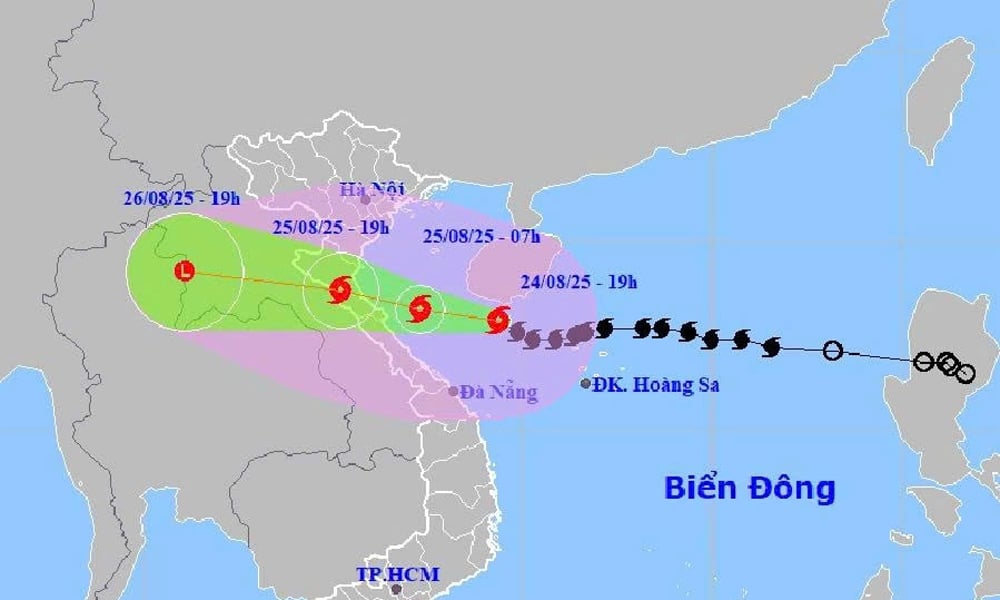

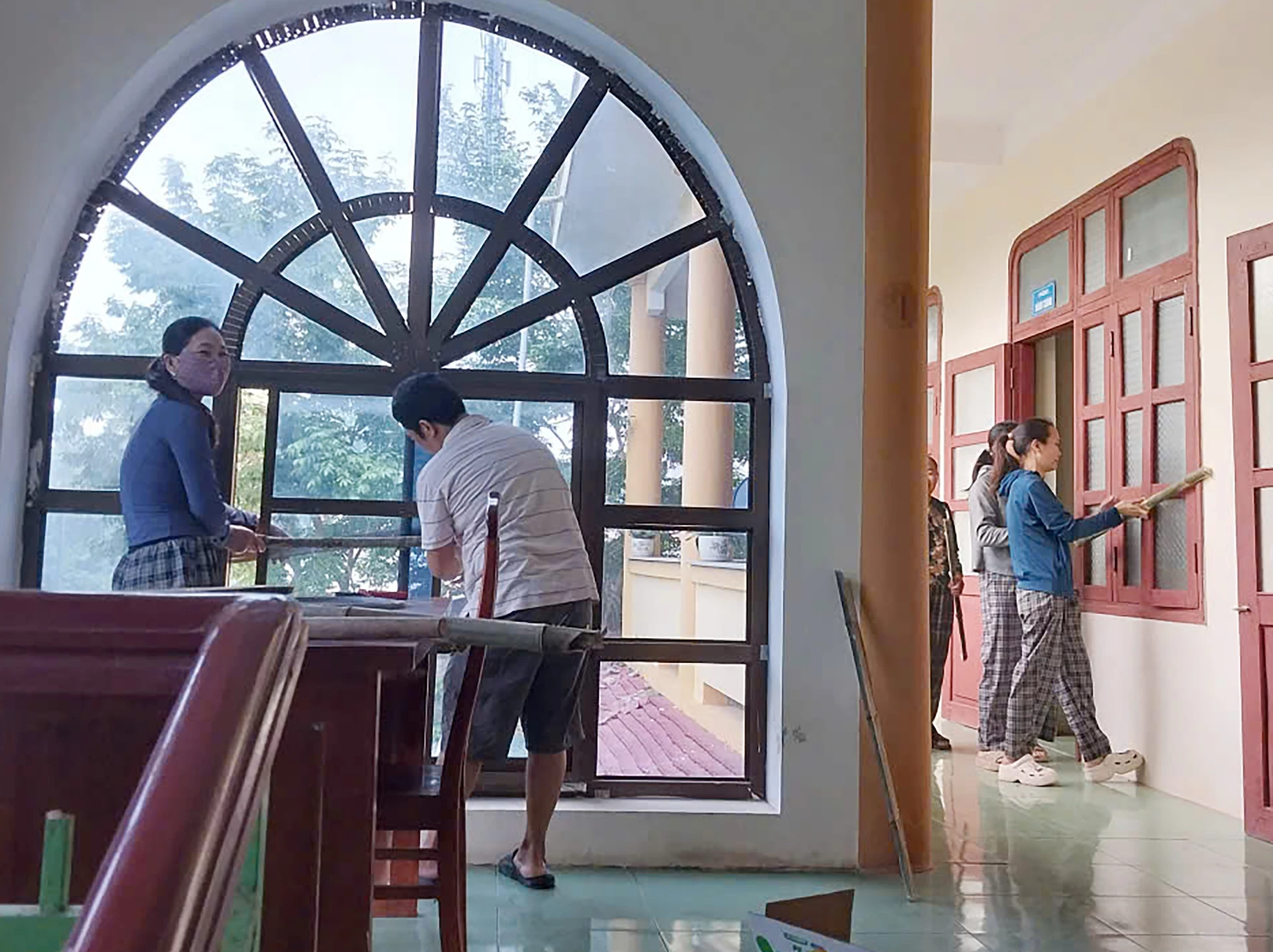






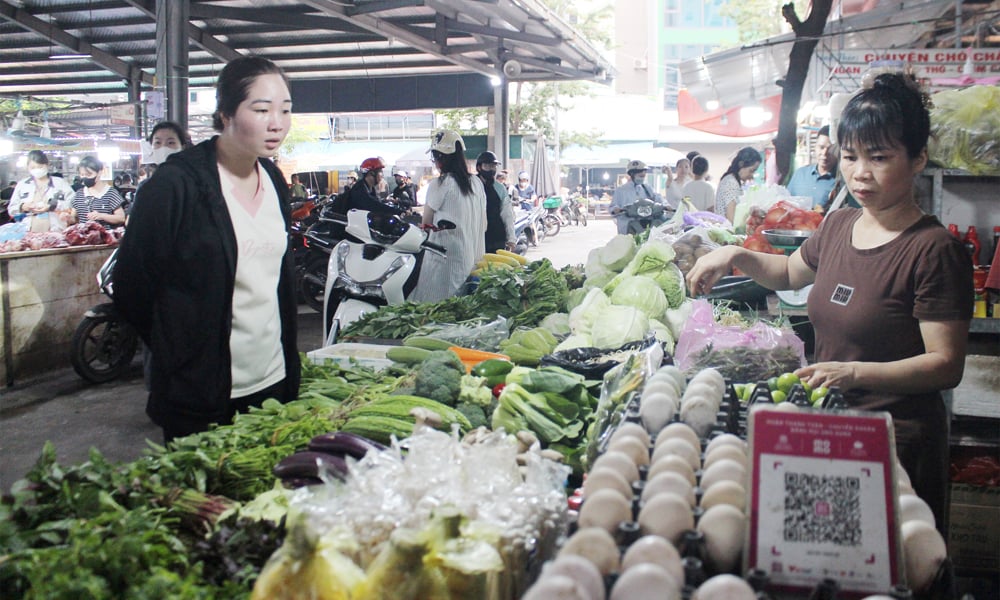













Comment (0)